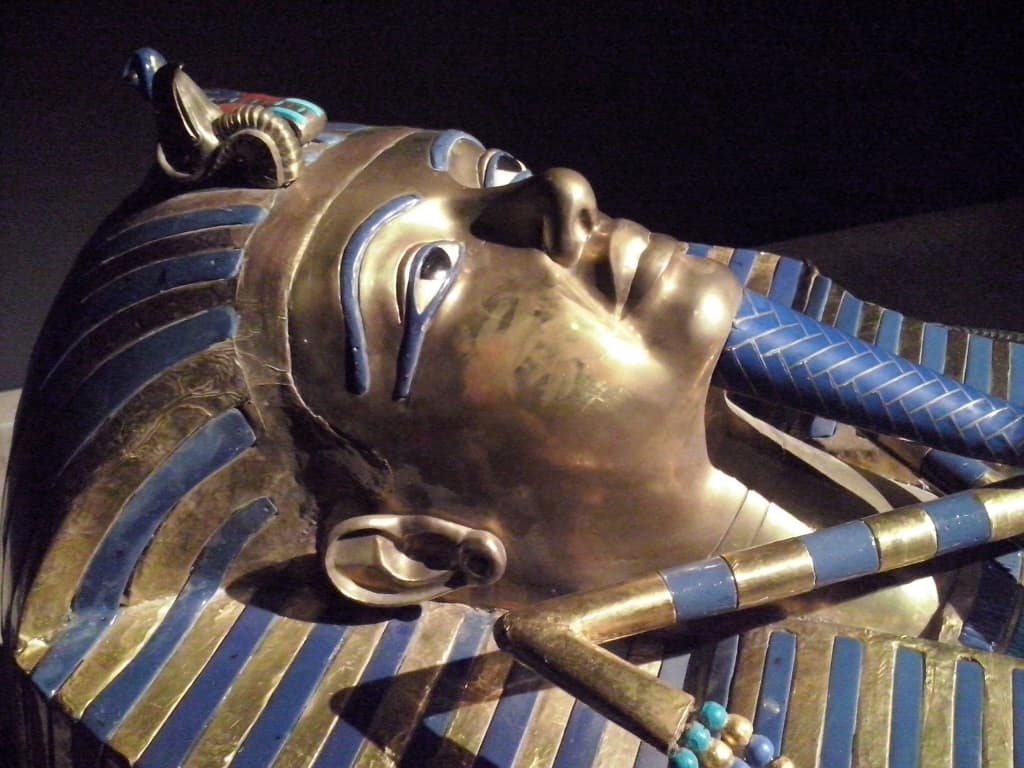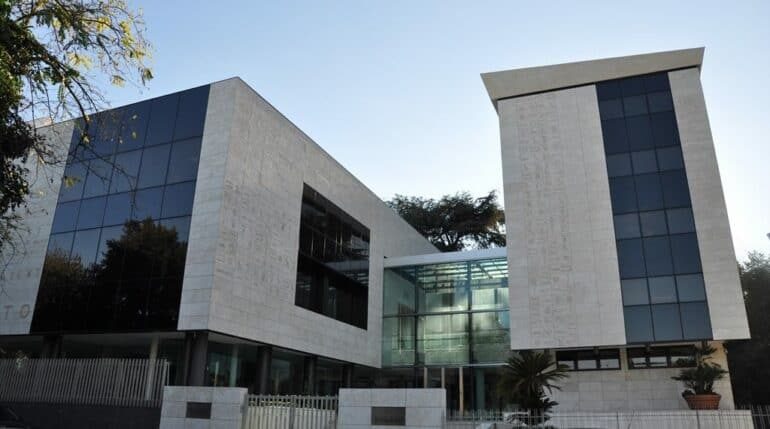Promoting Egyptian Heritage and Multiculturalism in Rome
Founded in 1929 with the aim of promoting Egyptian, Arab, and African culture in Italy. The Egyptian Academy is one of a kind.
It is true, in Rome’s most famous squares we can admire obelisks and other Pharaonic monuments, including the glorious Pyramid in the eclectic Ostiense neighborhood, but this Academy is the only roman institution representing the African continent and the Arab world in Rome.
The project of the Academy comes alive thanks to the motivation and passion of two young artists, Youssef Kamel and Ragheb Ayad. Their strong desire to discover Rome and nourish Egyptian culture abroad encouraged them to put in place an innovative plan to pursue their dreams: each of them would teach art for a year in Cairo to finance the other to study in Rome and vice versa. Tales about their inventive strategy didn’t pass unnoticed in their motherland: the public opinion believed in their idea of promoting the Arab arts into the Western world and eventually the Ministry of Foreign Affairs decreed to establish the Egyptian Academy of Fine Arts in Rome and, later on, Egypt will set up an art scholarship programme abroad. The establishment of the Egyptian Academy in Rome would represent a model for other foreign institutions in the Eternal city.
From a temporary position near the Coliseum, the Academy moved its headquarter to Valle Giulia in January 1966. The North African world and Italy found their meeting point at the centre of Rome; to emphasise the strategic importance of the Academy, the nearby square was renamed “Ahmed Shawqi”, to honour the “Prince of Poets” and celebrate the new Academy’s home.
In 2008, through the initiative of Director Dr Ashraf Reda, one of the finest interior designers, the temple of Egyptian culture and arts underwent a complete renovation.
The elegance of the building, conceived by Egyptian architect Hatem Said and Italian consultancy firm Quasar, truly embeds the spirit of its founders. The modern stained-glass window and the interconnected blocks seem to invite the public to look inside to discover buried treasures, evocating a synthesis between the past and the future of the Egyptian art world.
Cultural Diplomacy as a way to promote knowledge of the Arab world
Provided with a modern library hosting more than 10,000 volumes, a restaurant, and a theatre. The Academy holds Arab music concerts, lectures, art exhibitions, conferences, and fun educational classes for children. Classes for children include lessons in ancient hieroglyphics, Arabic letters and numbers and traditional Egyptian fables.
The Academy also organizes artistic competitions for children, dedicated to Egypt and its traditions.
Although during the pandemic most events have taken place online, the academy is now back and running and has a monthly program in the library highlighting famous Egyptian artistic and intellectual personalities.

Exclusively at the Egyptian Academy, you can also visit a reproduction of the famous Tutankhamon IX’s tomb.
The exhibit includes 28 recreated pieces like a parade cart, a golden throne, the shell of the three sarcophagi, and more. This provides visitors providing visitors with a rare opportunity to travel back in time and experience Ancient Egyptian masterpieces.
The exhibition is open from Monday to Friday from 10 am to 4 pm (upon booking)
ACCADEMIA D’EGITTO – ROMA
Via Omero, 4
Library’s Opening times: Monday to Friday 10:00 – 15:00





